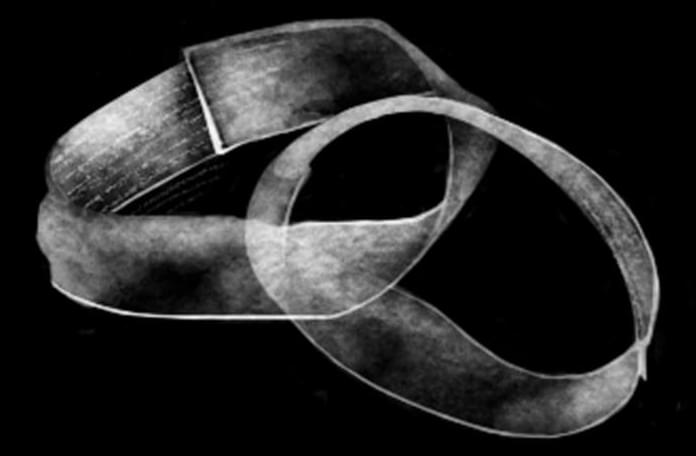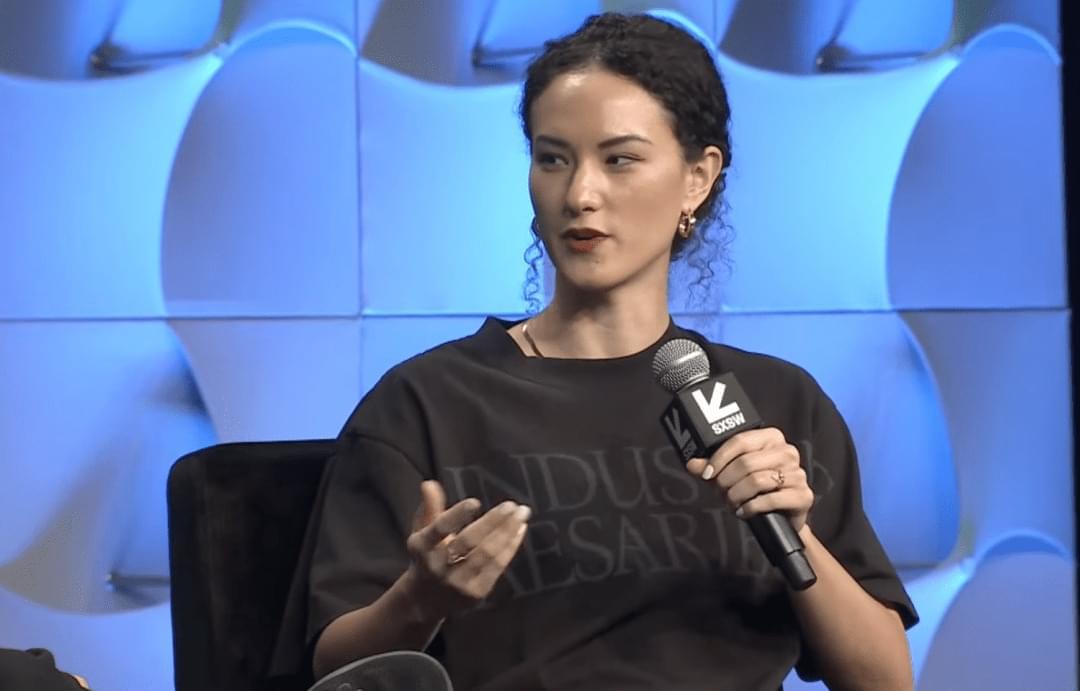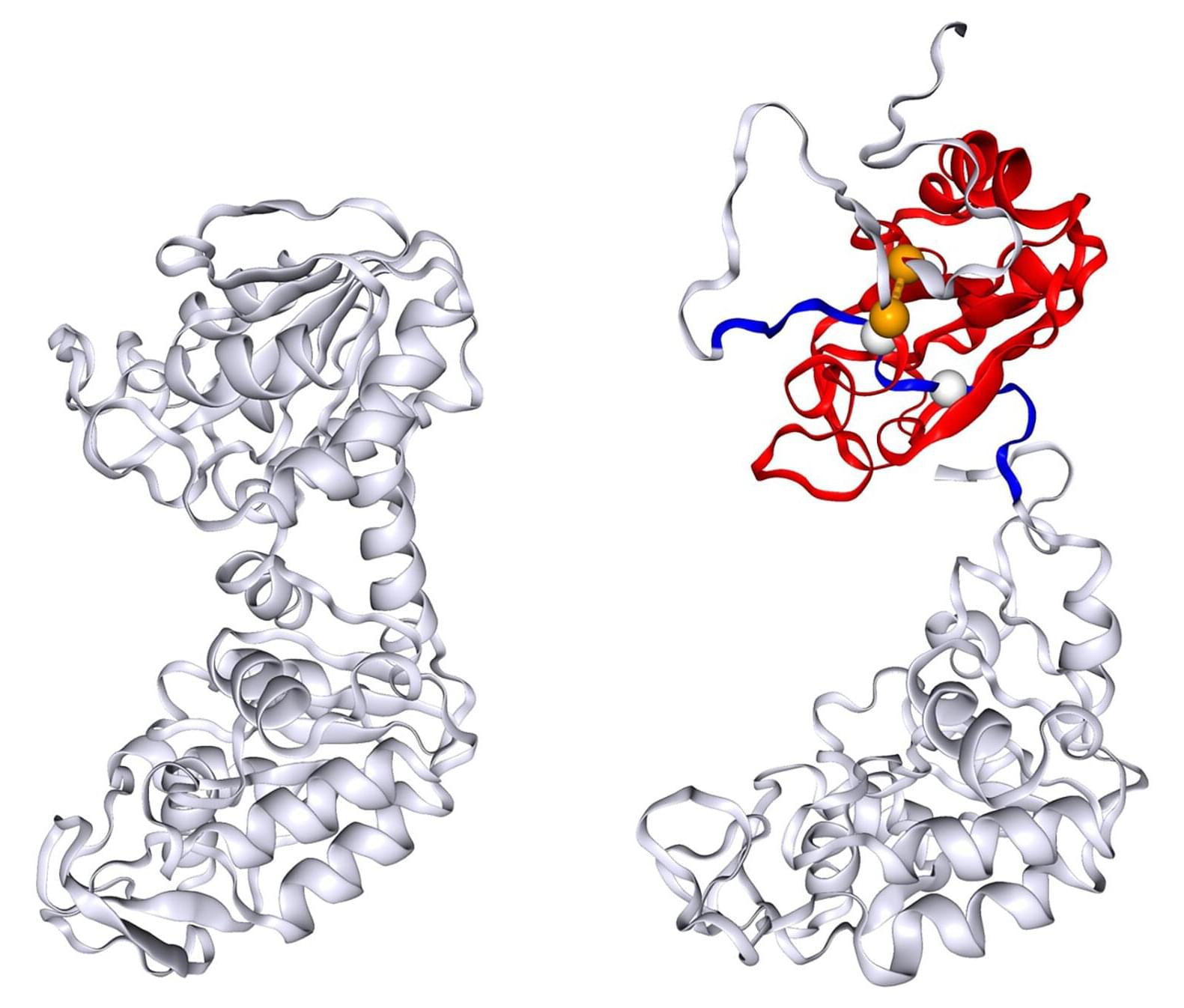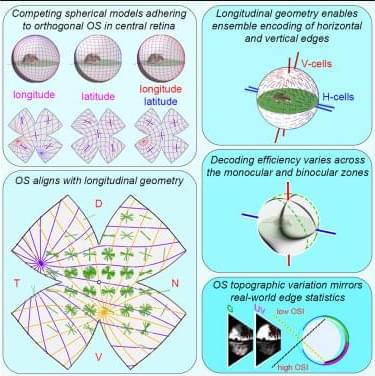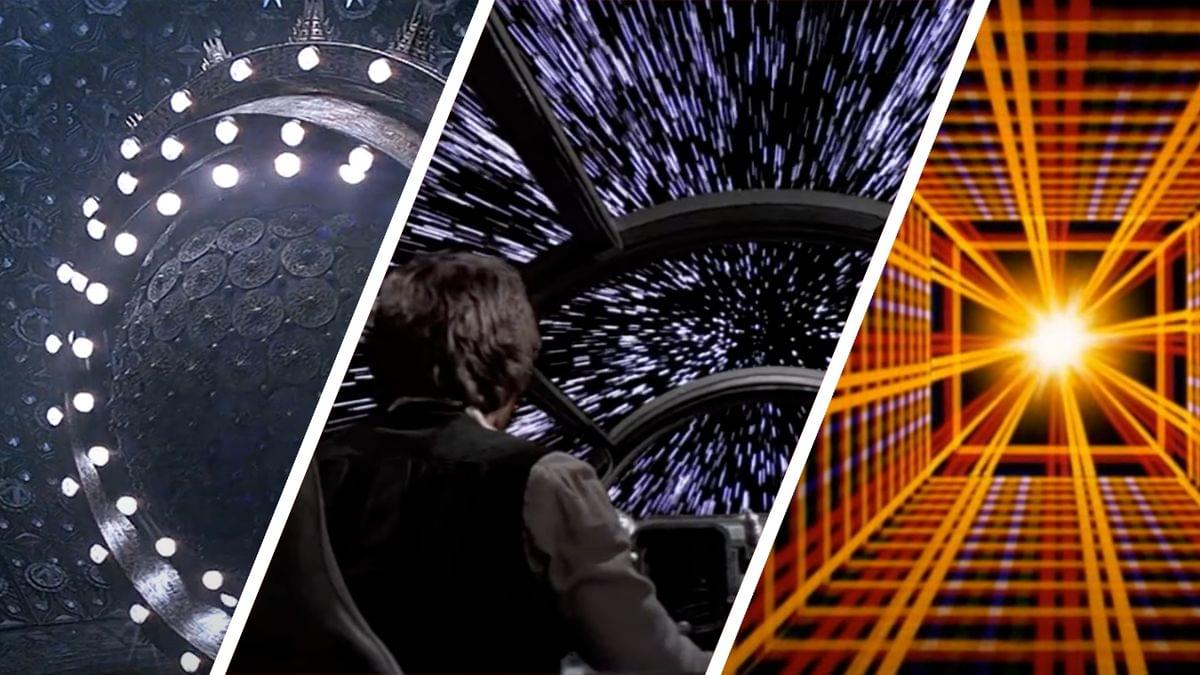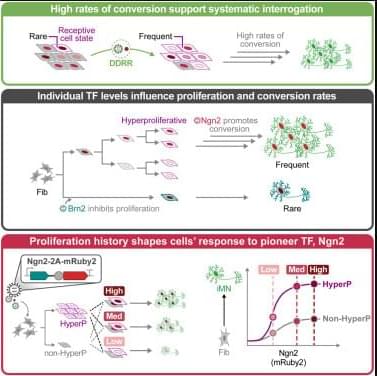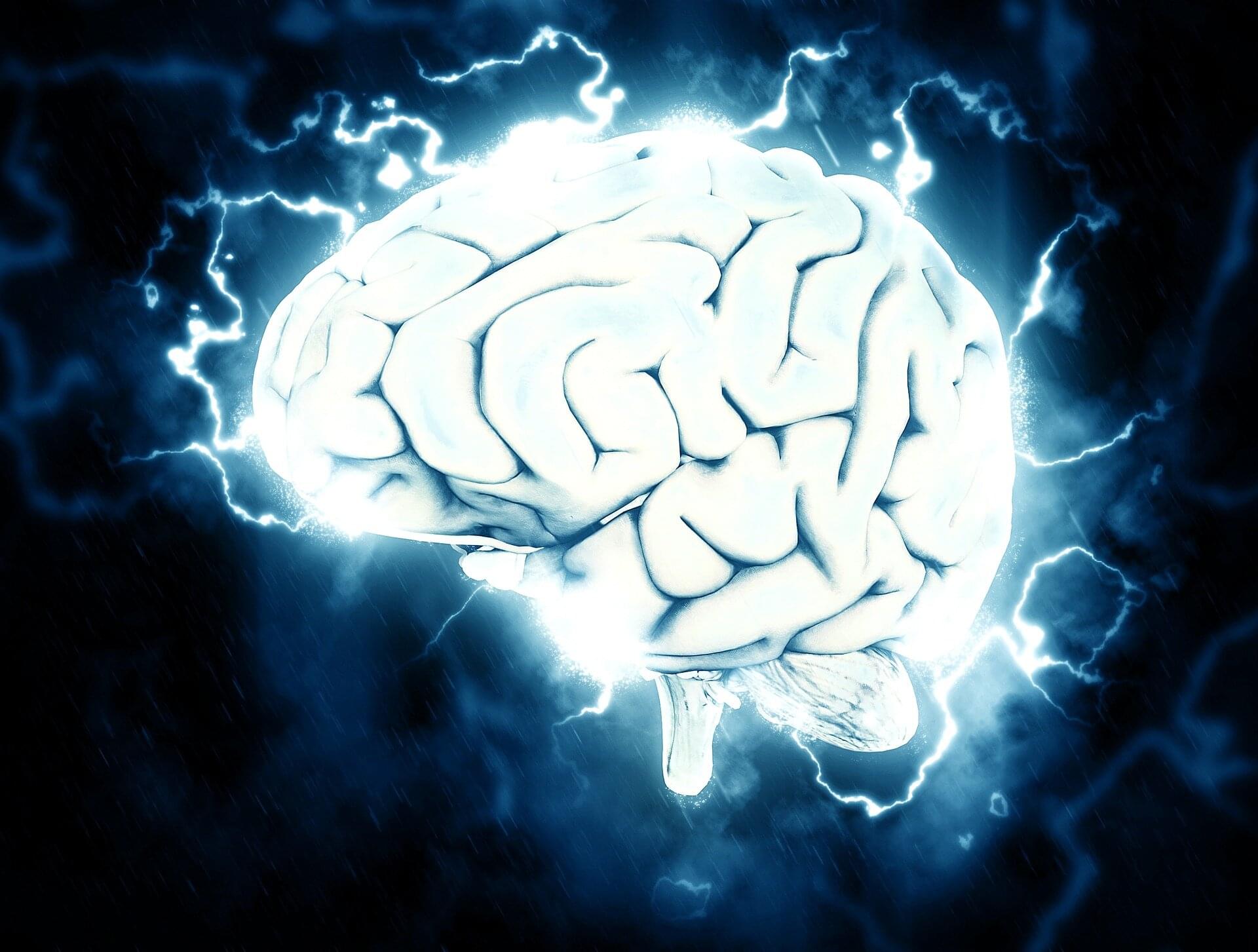We all encounter gels in daily life – from the soft, sticky substances you put in your hair, to the jelly-like components in various foodstuffs. While human skin shares gel-like characteristics, it has unique qualities that are very hard to replicate. It combines high stiffness with flexibility, and it has remarkable self-healing capabilities, often healing completely within 24 hours after injury.
Until now, artificial gels have either managed to replicate this high stiffness or natural skin’s self-healing properties, but not both. Now, a team of researchers from Aalto University and the University of Bayreuth are the first to develop a hydrogel with a unique structure that overcomes earlier limitations, opening the door to applications such as drug delivery, wound healing, soft robotics sensors and artificial skin.
In the breakthrough study, the researchers added exceptionally large and ultra-thin specific clay nanosheets to hydrogels, which are typically soft and squishy. The result is a highly ordered structure with densely entangled polymers between nanosheets, not only improving the mechanical properties of the hydrogel but also allowing the material to self-heal.
